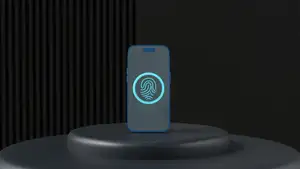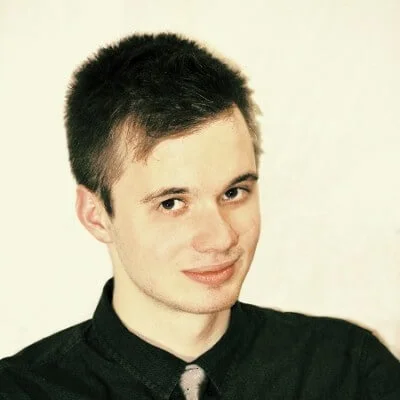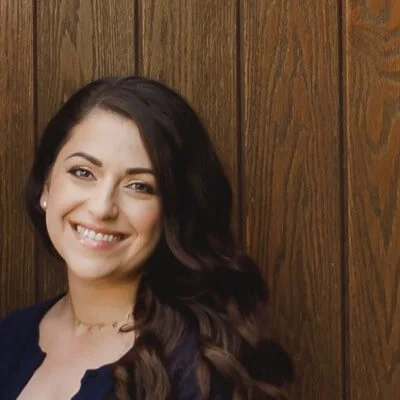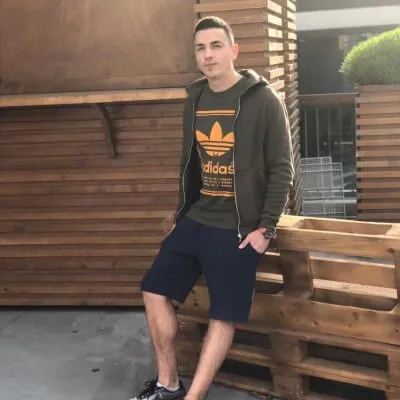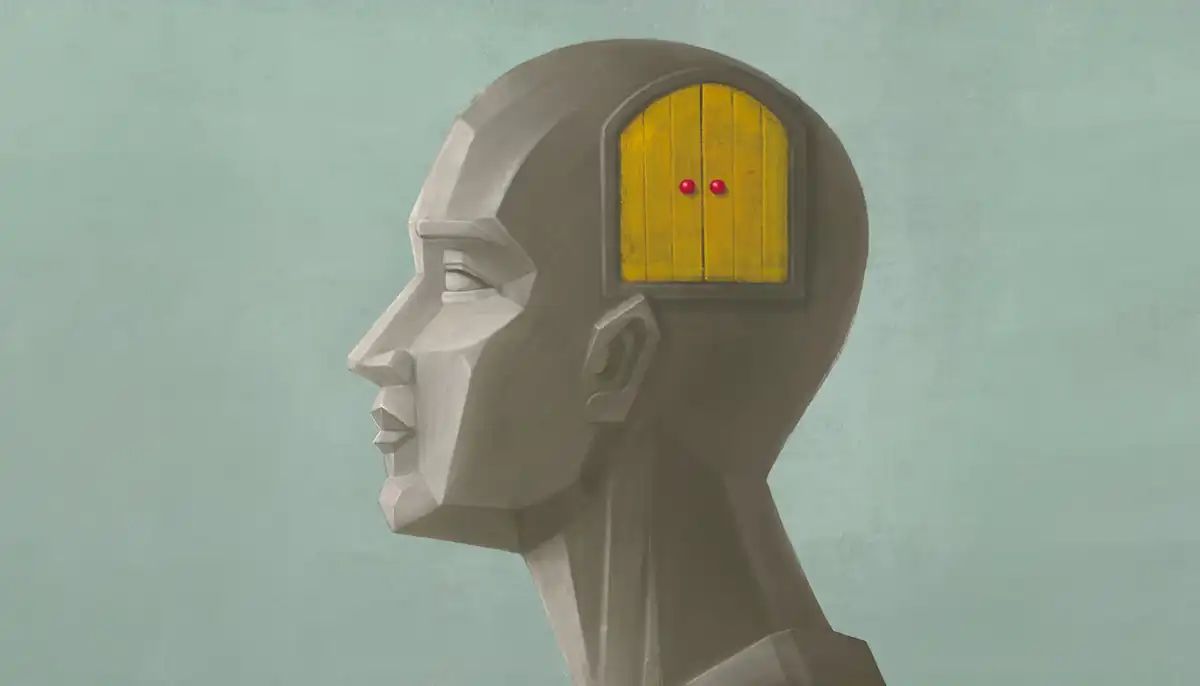
AI Startup Company Wants to Help People Control Their Dreams
An artificial intelligence (AI) startup company called Prophetic recently announced that it aims to help people control their dreams by building a non-invasive wearable headset called Halo.
Wesley Berry (aged 27) and Eric Wollberg (aged 29) met in early 2023. At the time, Wesley was working with Canadian musician, singer, and songwriter Grimes on translating signals in the brain into art, while at the same time, Eric was caught up on the idea of exploring consciousness by somehow using lucid dreams. The two became fascinated with how brain-imaging tools might be able to paint a picture of a person's thought patterns.
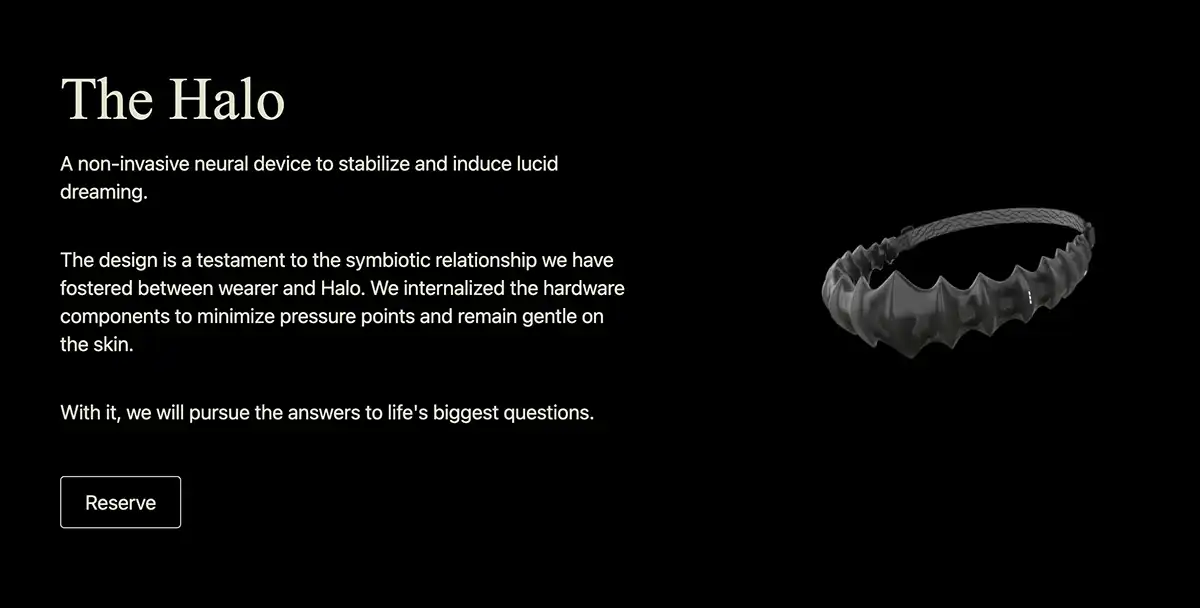
That same month, Berry and Wollberg went on to establish a new tech startup company, which they called Prophetic. The company was to build what is already being hailed as the 'world's first wearable devices for stabilizing lucid dreams.' The device looks like a headband, and it will be capable of releasing focused ultrasound signals.
Lucid dreams occur when somebody who is sleeping realizes they are dreaming and could control certain parts of that dream.
According to some, Prophetic has managed to get funding to the tune of around $1.1 million, thanks to a venture capital fund led by BoxGroup called the a16z Scout Fund. It's recognized as being the first to invest in the Plaid fintech company. To develop a prototype of the innovative new Halo device, the startup has partnered with Card79 – the same company that designed and built the hardware for Neuralink's brain-computer interface company, which is owned by multi-billionaire tech entrepreneur (and Grimes' ex), Elon Musk.
The startup company's gamble to produce the new Halo device for controlling dreams will not be the first device of its kind on the market. In fact, several other well-established companies have their own similar devices or are currently working on developing them. Take Humane AI, for example, a company that was established in 2017.
Several former Apple employees founded this startup company and recently unveiled the wearable AI Pin – a screenless AI-powered digital personal assistant that projects content onto almost any surface.
The former lead engineer at Apple, who helped develop the first iPad, along with Rubén Caballero, the former vice president of engineering for wireless technologies at Apple, and Bethany Bongiorno and Imram Chaudhri, two senior executives who were in charge of the design and engineering teams that brought us several iconic devices, such as the Apple Watch, the iPad, and the iPhone, debuted their new AI Pin device last week at the Paris Fashion Week.
OpenAI's Sam Altman and noted designer of the iPhone, Jony Ive, are also reportedly looking into starting their own AI hardware project.
Prophetic's CTO (chief technology officer) and CEO Berry and Wollberg, respectively, are in the preparation stages of demonstrating a partially working prototype to the world at some point later this year. Some say the prototype could be showcased as early as this month (October 2023) or early November.
However, a full working prototype of Halo isn't likely to be available until the latter half of next year. It will come at the end of a study on brain imaging that will have lasted 12 months. The study was conducted in partnership with the Radboud University in the Netherlands's Donders Institute for Brain, Cognition and Behaviour.
Prophetic's two co-founders, Berry and Wollberg, have high expectations in their vision, which is common in many similar startup tech companies we see today. Wollberg has already compared the duo's company to OpenAI. Their objective is to work 'collectively towards understanding the nature of consciousness.'
If you visit the company's official LinkedIn page, you will see that it contains the words 'Prometheus stole fire from the gods; we will steal dreams from the prophets,' which is an altered version of a line originally derived from the Greek poet Hesiod.
The company is still a long way from realizing its vision, and even with no fully working prototype, the two believe it may be possible to start shipping the Halo devices to people worldwide may commence as soon as the spring of 2025.
Lucid dreaming through a headset
Lucid dreaming has long held a fascination in the public's imagination, but also among those working in the field of neuroscience. The idea has been presented time and time again in blockbuster movies like Inception and The Matrix series. There is even a community on Reddit with over half a million members that discuss lucid dreaming.
According to the National Library of Medicine, studies made by neuroscientific researchers go back as far as the 1970s. Since the expansion of the neuroscience field, there has been a great deal more interest.
According to Wollberg, he can remember having his first lucid dream experience when he was just 12 years old. Although he doesn't recall exactly what happened, he describes it as one of the most profound experiences in his life. Then, while attending college, around twice weekly, he was having lucid dreams, and it was at this time, he came up with an idea to try to create a way to use this practice to further explore the consciousness of the human mind on a more fundamental level.
Berry has experience in the field of neurotech prototyping, which inputs EEG (electroencephalogram) data into an AI model pioneered by Google known as a transformer neural network to further our understanding of what people might be witnessing inside their minds. It's the exact type of research he was doing with Grimes.
Berry revealed to CNBC that Wollberg approached him to say what he had been working on but wasn't sure if the technology was advanced enough. Berry continued that it's impossible to induce dreams, let alone lucid ones, so achieving this would be extremely difficult. His lightbulb moment came when he realized that one is not inducing the dream state itself – a person is already usually dreaming, which tends to happen with most people several times over the course of a week. People are essentially activating the prefrontal cortex, which turns lucid.
Over the coming months, the co-founders of Prophetic will continue working on analyzing the data gathered by the yearlong Donders Institute study, which should then provide plenty of relevant training data to feed their AI system to complete the Halo device. One of their main focuses of attention will be learning more about the fastest measurable band of brain wave frequencies called gamma frequencies. When these occur, it's a telltale sign of an active prefrontal cortex, which tends to occur when we are in a state of deep focus. This activity alone is said to be the defining characteristic of lucid dreaming.
Currently, tools like OpenAI's ChatGPT that use transformer models deal in inputs and outputs of text, but Prophetic hopes to take a slightly different approach. Berry intends to turn decoded brain-imaging data into what has been described as 'tokens' using a convolutional neural net, and then input the data into the transformer model in a way that's much easier for it to understand.
He talks about creating a closed loop where the model learns and figures out exactly which particular order of sequences the brain states must occur, in order to maximize the activation of the prefrontal cortex.
Wollberg and Berry's startup company's mission with their Halo device is to use focused ultrasounds to stimulate the user's prefrontal cortexes while a person dreams. According to research already conducted, working memory can be improved by focused ultrasound simulation. Berry compared this process to being similar to getting somewhere while dreaming but not knowing how you got there. Prophetic remain optimistic that the company's device is going to work as planned and will eventually produce some amazing results.
To learn more visit the Prophetic website and if you want to take a deep dive into their technology, how it works and their roadmap you can do so by reading the following PDF found on their website.

